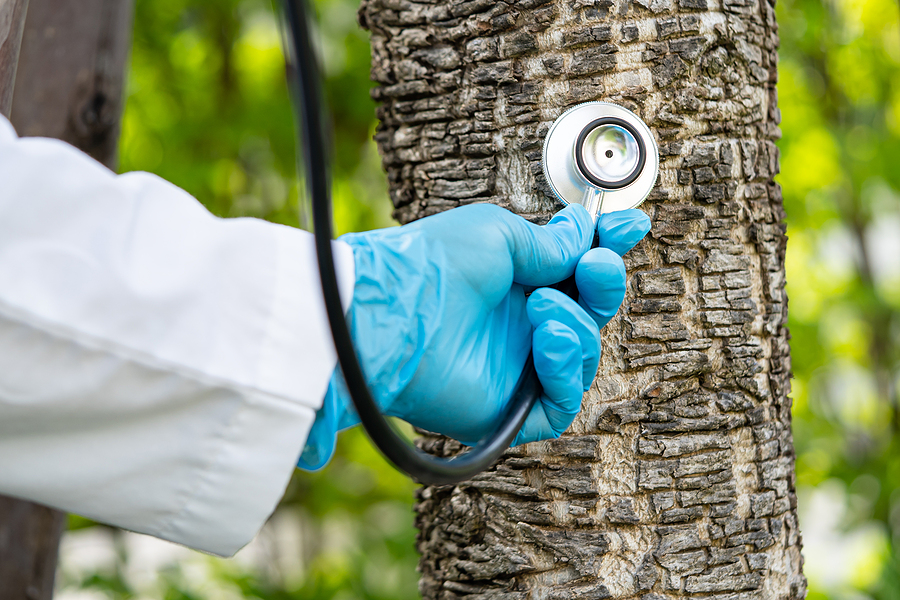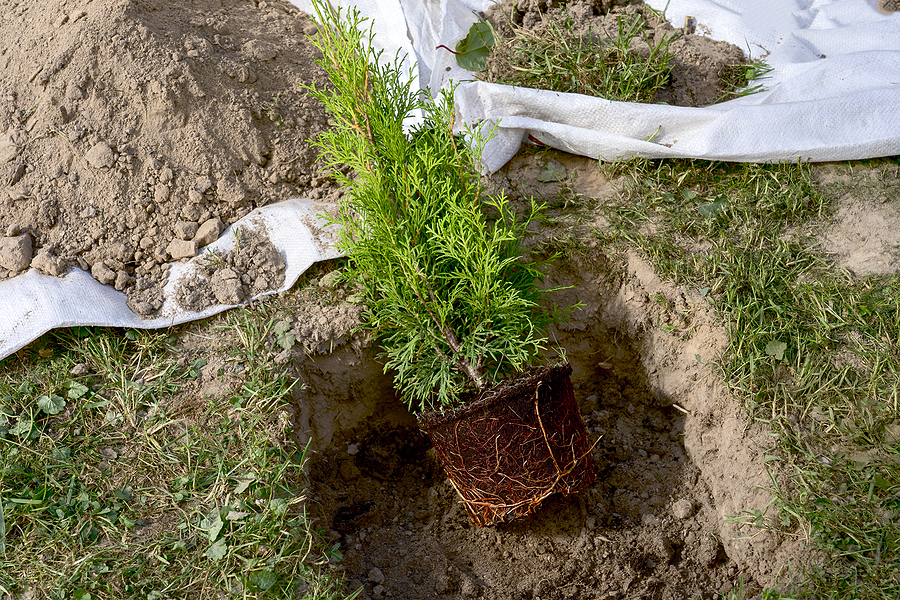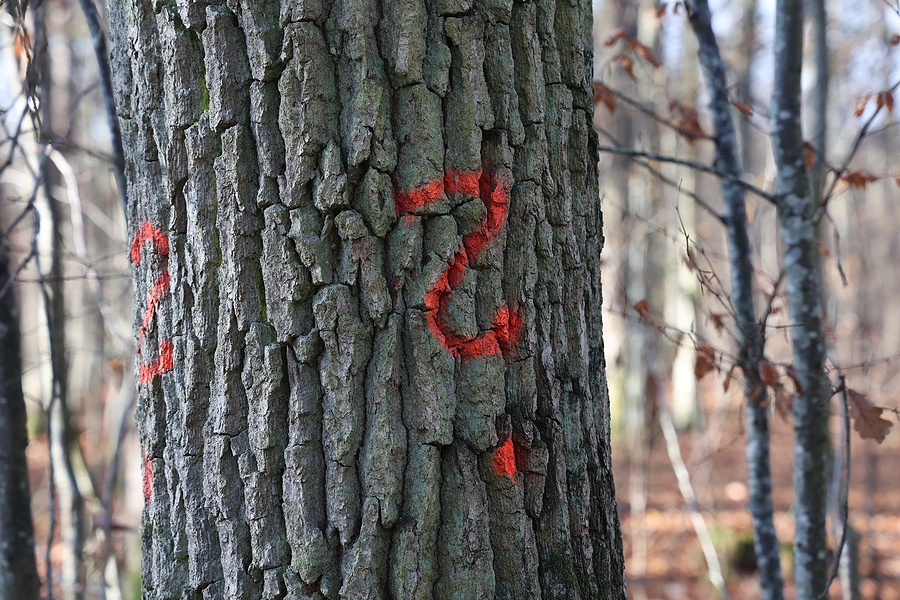When it comes to maintaining a healthy garden, trees are often overlooked. Yet, just like any other plant, trees can become ill too. They can show signs of distress, disease, or even face the risk of dying. The key to preventing such unfortunate circumstances is to recognize the signals early and consult a professional, often referred to as a tree doctor or arborist.
In this blog post, we’ll take a closer look at those signs that indicate your tree may be sick and when it’s time to call in the experts. Armed with this knowledge, you can ensure your trees continue to thrive, adding beauty and value to your property.

What Can a Tree Doctor Do for You?
A tree doctor is another name for a certified arborist who is knowledgeable in the care and maintenance of trees, as well as diagnosing and treating diseases. They have experience in identifying tree health problems that may seem subtle or even invisible to the untrained eye. By working with an experienced tree doctor, you can ensure your trees receive the proper treatment and care needed to stay healthy.
Arborist services encompass many aspects of tree health, from preventing diseases with proactive preventive maintenance to diagnosing and treating existing problems like root rot and pests. With their help, you can ensure your trees are not only healthy but also remain an asset to your property for years to come.
When Should You Call a Tree Doctor?
It’s important to recognize the signs that indicate your tree may be sick or stressed. Some common symptoms of poor tree health may include wilting leaves, discoloration, spots on the bark, and dead branches. If you notice any of these signals appearing, it’s time to call in an arborist. Additionally, trees can become weakened by a variety of environmental factors, such as soil compaction or damage from harsh weather conditions. A tree doctor can assess the situation and provide the best course of action to take for your trees.
Finally, it’s important to note that even if there are no visible signs of distress, it’s still beneficial to contact an arborist for regular check-ups. With their help, you can create a plan to keep your trees healthy, as well as spot potential problems before they become an issue.
Common Tree Diseases in Indiana
In Indiana, the humid summer months are perfect for a variety of tree diseases to develop. Some of the most common include oak wilt, Dutch elm disease, and anthracnose. Oak wilt causes leaves to dry out and die while Dutch elm disease results in leaf wilting and discoloration. Anthracnose is a fungal infection that spreads across a tree’s branches, causing brown spots and dead leaves to appear. Other tree diseases and pest problems in Indiana include Armillaria root rot, cankers, Emerald Ash Borer infestations, and gypsy moth infestations.
How to Prevent Tree Diseases in Indiana
The best way to prevent tree diseases is with proactive preventive maintenance. This could include mulching around the base of the trees, performing regular pruning of dead or diseased branches, and applying fertilizers and insecticides as needed. Additionally, regular watering is important for maintaining a healthy tree, but it’s just as important to make sure the soil drains properly. If your trees are in an area with heavy clay soil, you may need to install additional drainage systems around your trees. This will help prevent root rot and other diseases from developing due to standing water.
Finally, it’s essential to hire a qualified arborist to inspect your trees on a regular basis. These professionals can spot potential problems before they become serious issues and provide the necessary treatments to keep your trees healthy and strong.
Conclusion
In conclusion, recognizing the signs of tree sickness and bringing in a professional tree doctor or arborist when needed is essential for keeping your trees healthy and safe. Don’t wait until it’s too late – if you notice any signs of distress, call an Indianapolis tree doctor as soon as possible. With regular inspections and preventive maintenance, your trees can remain healthy and an asset to your property for years to come.
If you live in Indiana and are looking for an experienced arborist who can provide the best care for your trees, you are in the right place. Contact Complete Tree Care at 317-783-2518 to get advice from a certified arborist in Indianapolis, Indiana. We serve residential and commercial clients with comprehensive tree care solutions.
Related Posts:
Is My Tree Dead or Diseased?
4 Tree Diseases You Should Watch Out For
What Causes Bark Splitting in Trees?


